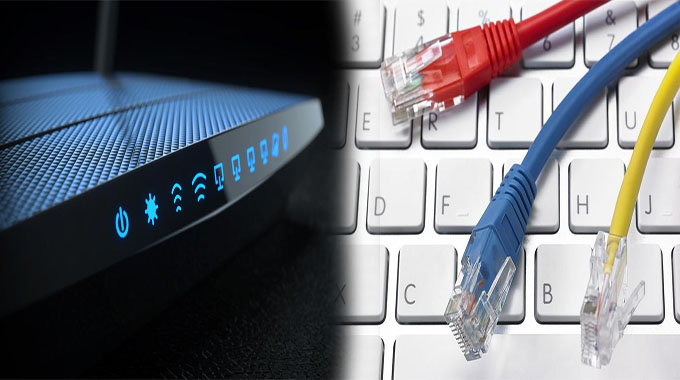Local Area Networks, or LANs, are a common form of computer network that allow computers and devices to communicate with one another. A LAN can be connected via wired or wireless connection, as well as through fiber optic cables. Wired LANs use Ethernet cables to connect nodes while wireless LANs rely on radio frequency (RF) signals sent over the air. Hybrid wired and wireless LANs may have some combination of both types of connections available.
Fiber optic LANs
A fiber optic LAN uses fiber optic cable to transmit data over long distances. Fiber optic cables have a diameter that’s about the size of a human hair and can carry much more information than traditional copper wire cables. Because they’re made up of small light pulses, they can also send data faster than other types of network connections (up to 10 Gbps). The downside is that it’s expensive to install and maintain a fiber optic network; it requires space for large transmitters, receivers, repeaters and other hardware components; plus there are strict regulations regarding where these devices must be placed in relation to one another so as not to cause interference with each other or nearby electronics such as televisions or radios
Wireless LANs
- A wireless LAN is a network of computers that are connected together using radio waves instead of cables.
- Wireless LANs (also known as Wi-Fi networks) are used in homes, offices, schools and other places. They can be connected to the Internet through an access point or router.
Hybrid wired and wireless LANs
Hybrid wired and wireless LANs are a combination of wired and wireless LANs. They utilize both technologies to connect devices, which can be used in homes, offices, schools, hospitals and other areas. A hybrid network consists of two or more separate radio frequencies (RF) or bands that operate on different frequencies but share the same physical medium such as coaxial cable.
Wireless-only networks have been around for some time now but most people still prefer wired connections because they offer greater speed than Wi-Fi does. However there are still many places where it isn’t possible to install cables due to restrictions like distance from your router or budget constraints among others reasons so this is where hybrid networks come into play as they allow you connect various devices using either type of connection depending on whether they support Wi-Fi or not
Local Area Networks (LANs) are a network of computers and other devices within a relatively small area.
Local Area Networks (LANs) are a network of computers and other devices within a relatively small area. LANs are used in small offices, homes and schools to share resources and data.
LANs can be wired or wireless. In both cases, the computers must be connected with cables or radio waves using special adapters called network interface cards (NIC).
We hope you enjoyed learning about the different types of LANs. If you want to learn more about the subject, we suggest reading our other articles on this topic or visiting our website at www.example.com














